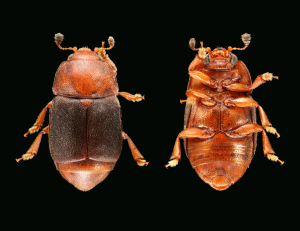Species Fact Sheet
Caplothorax melanopterus (Erichson, 1843)
Diagnosis: Caplothorax melanopterus specimens are distinguished from other North American species by having unicolorous elytra that are distinctly darker than the pronotum and tergites (Fig. 1). Males also have a single undivided median circular depression anterior to the supplementary segment (Fig. 7).
Distribution: Caplothorax melanopterus is found from Quebec to Florida and west from Ontario to Illinois to Texas. It has also been found in California and in Mexico.
Biology: Adults of C. melanopterus feed on Yucca flower petals (Murtfeldt 1903). Larvae feed on the petals, stamens, and ovary, pupate in the soil, and then remain quiescent until the following spring when flowers are available again (Murtfeldt 1903; Connell 1956). One study showed that C. melanopterus was responsible for 37% of flower abscission in Yucca filamentosa (Huth and Pellmyr 1997). Develops from egg to adult in 23 to 32 days at 28°C (Connell 1956). Larvae illustrated and described by Connell (1956).
References:
Connell WA (1956) – larvae and adult descriptions, key to larvae and adults, and development
Huth CJ, Pellmyr O (1997) – impact on Yucca filamentosa fruit retention
Murtfeldt ME (1903) – feeding habits and development
Double-click on images to enlarge

Figure 2. Antenna (dorsal view)
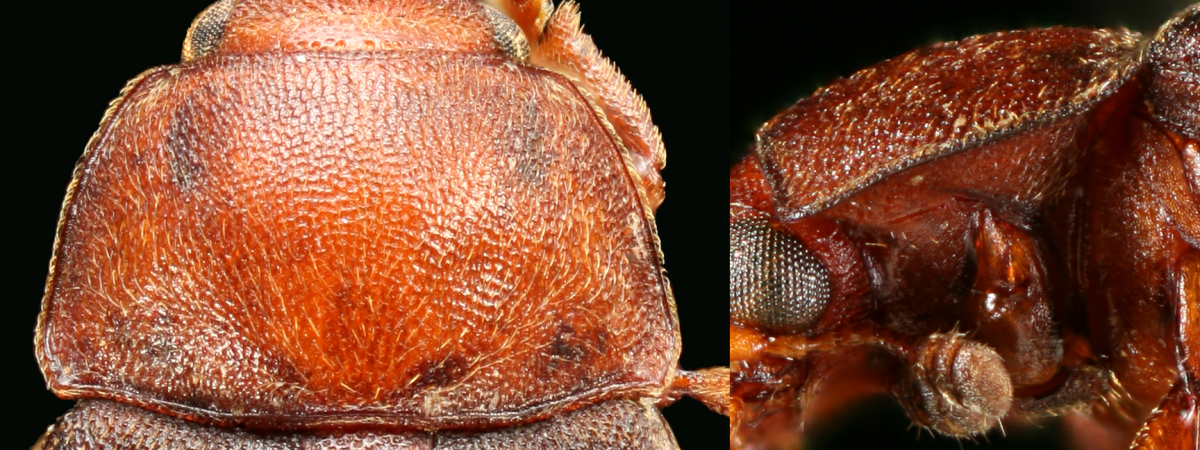
Figure 3. Pronotum (dorsal and lateral view)

Figure 4. Prosternum and mesosternum (ventral view)
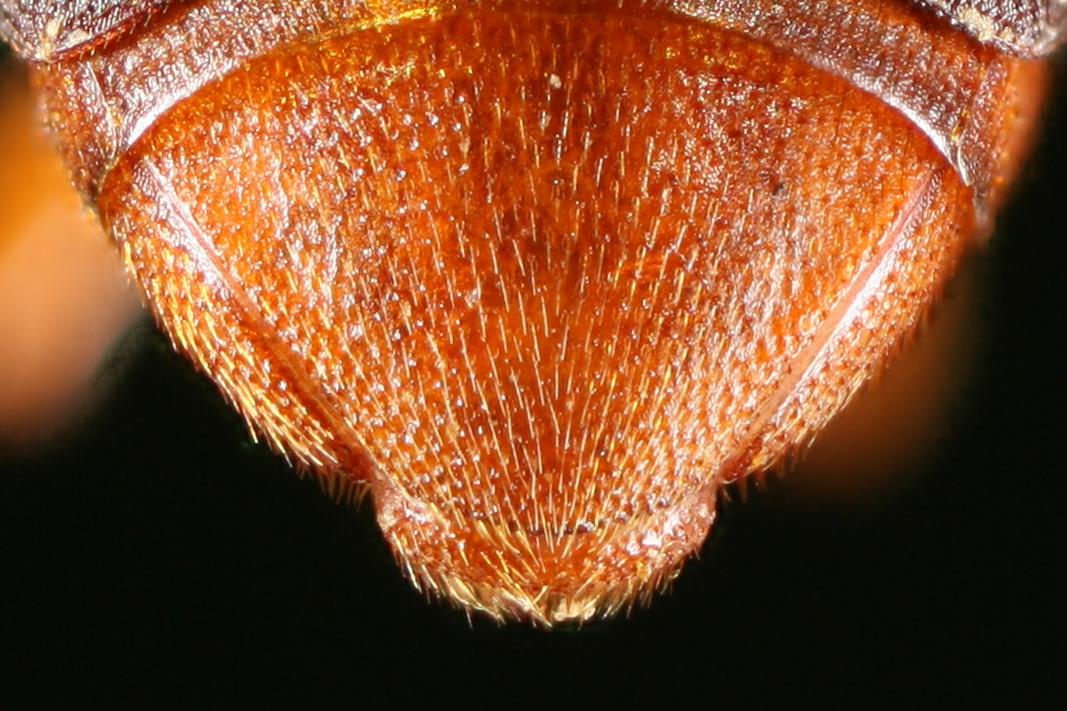
Figure 5. Male pygidium (dorsal view)

Figure 6. Male posterior abdominal apex (posterior view)
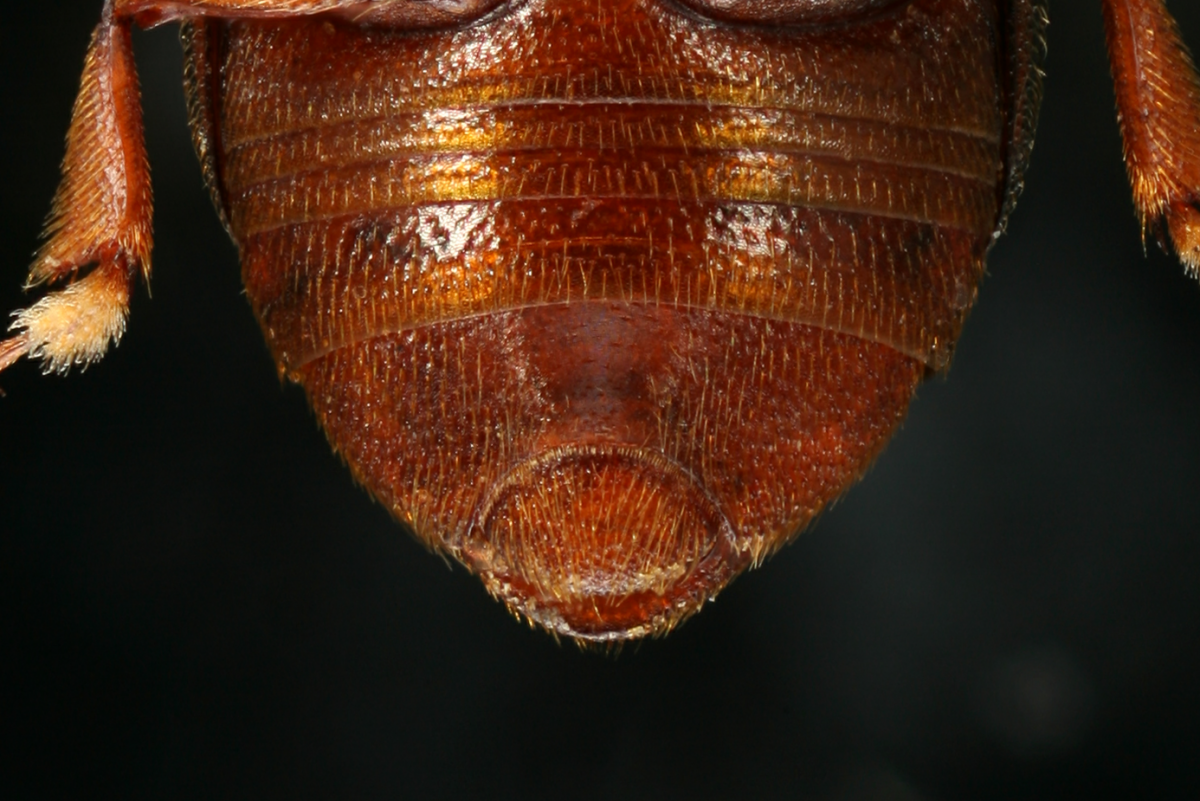
Figure 7. Male supplementary segment (ventral view)
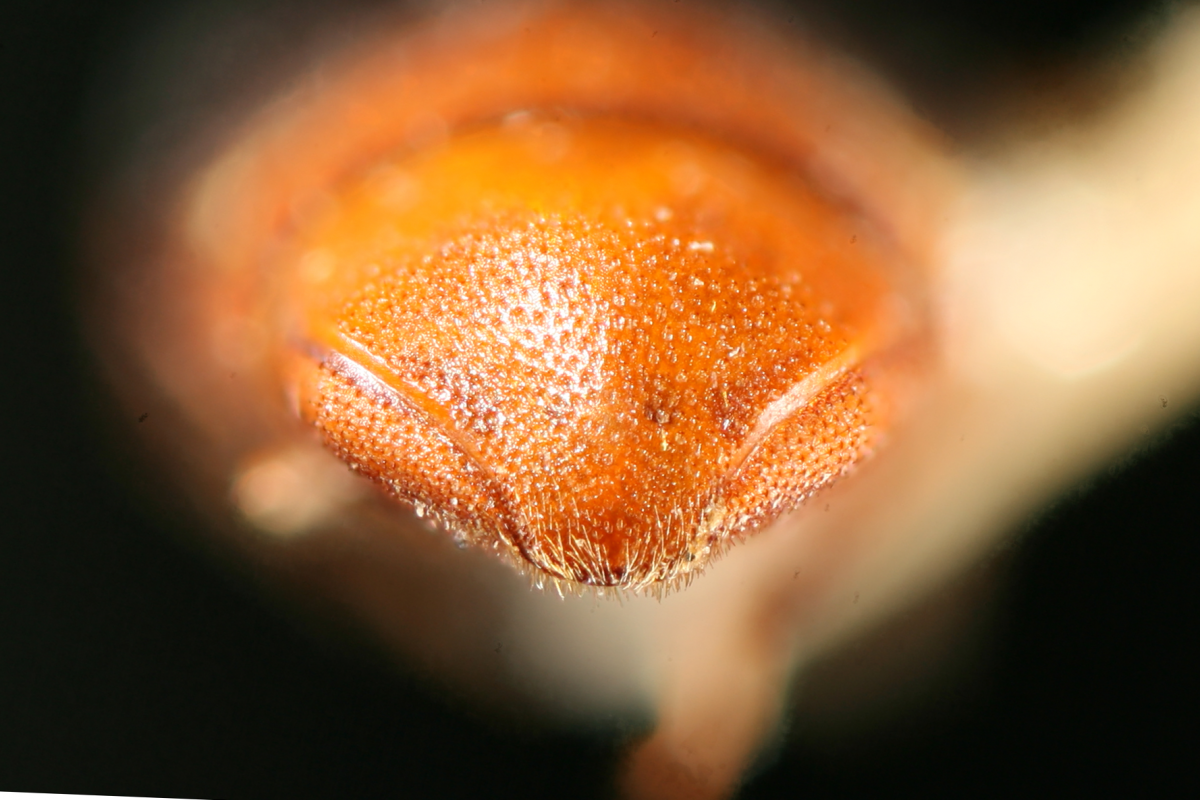
Figure 8. Female pygidium apex (posterior view)
HOW TO CITE THIS WORK:
DiLorenzo, C.L., G.S. Powell, A.R. Cline, and J.V. McHugh (2021) Carpophiline-ID, a taxonomic web resource for the identification of Carpophilinae (Nitidulidae) of eastern North America. (vers. 01.19.2021) University of Georgia, retrieved from https://site.caes.uga.edu/carpophiline-id/
